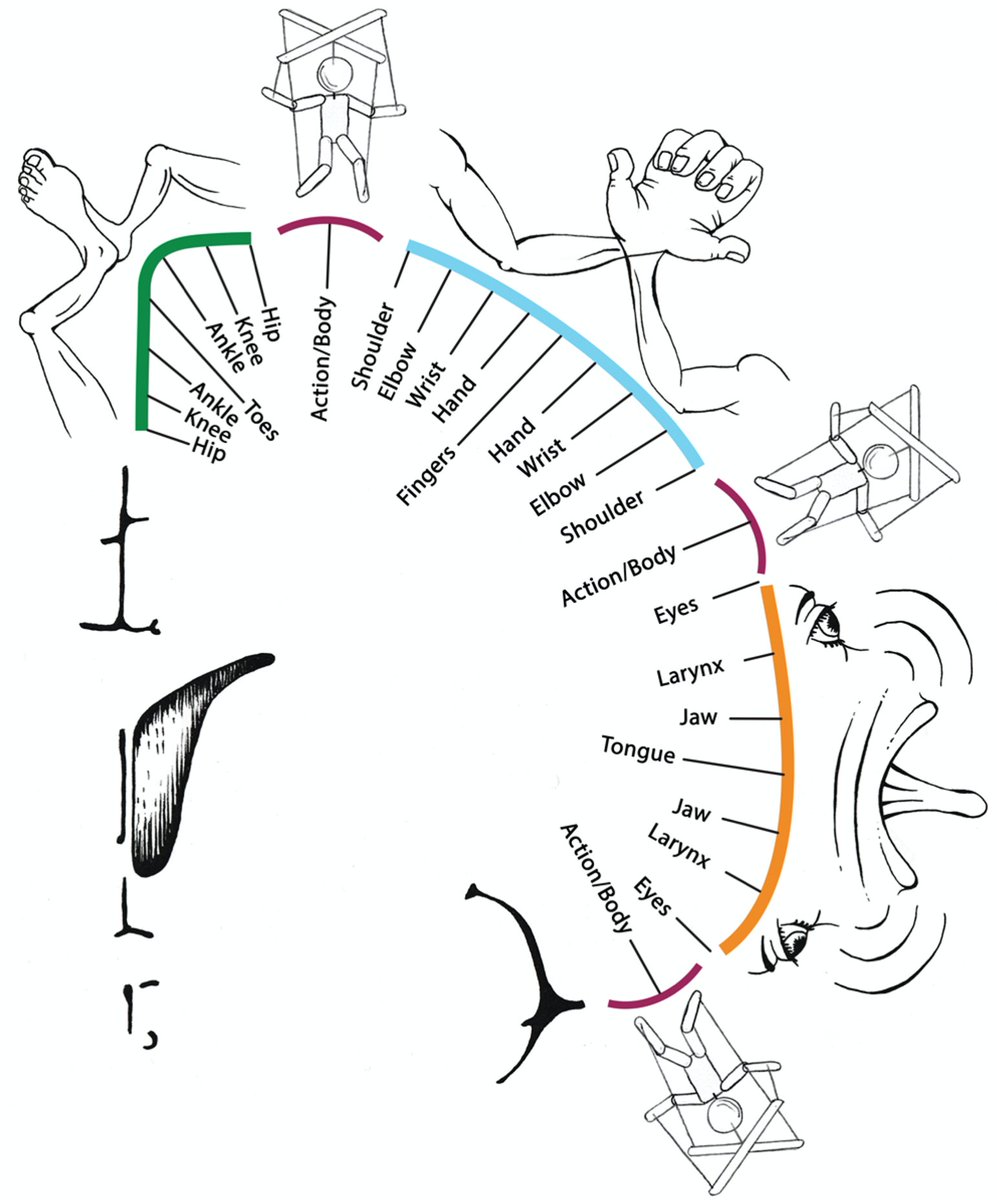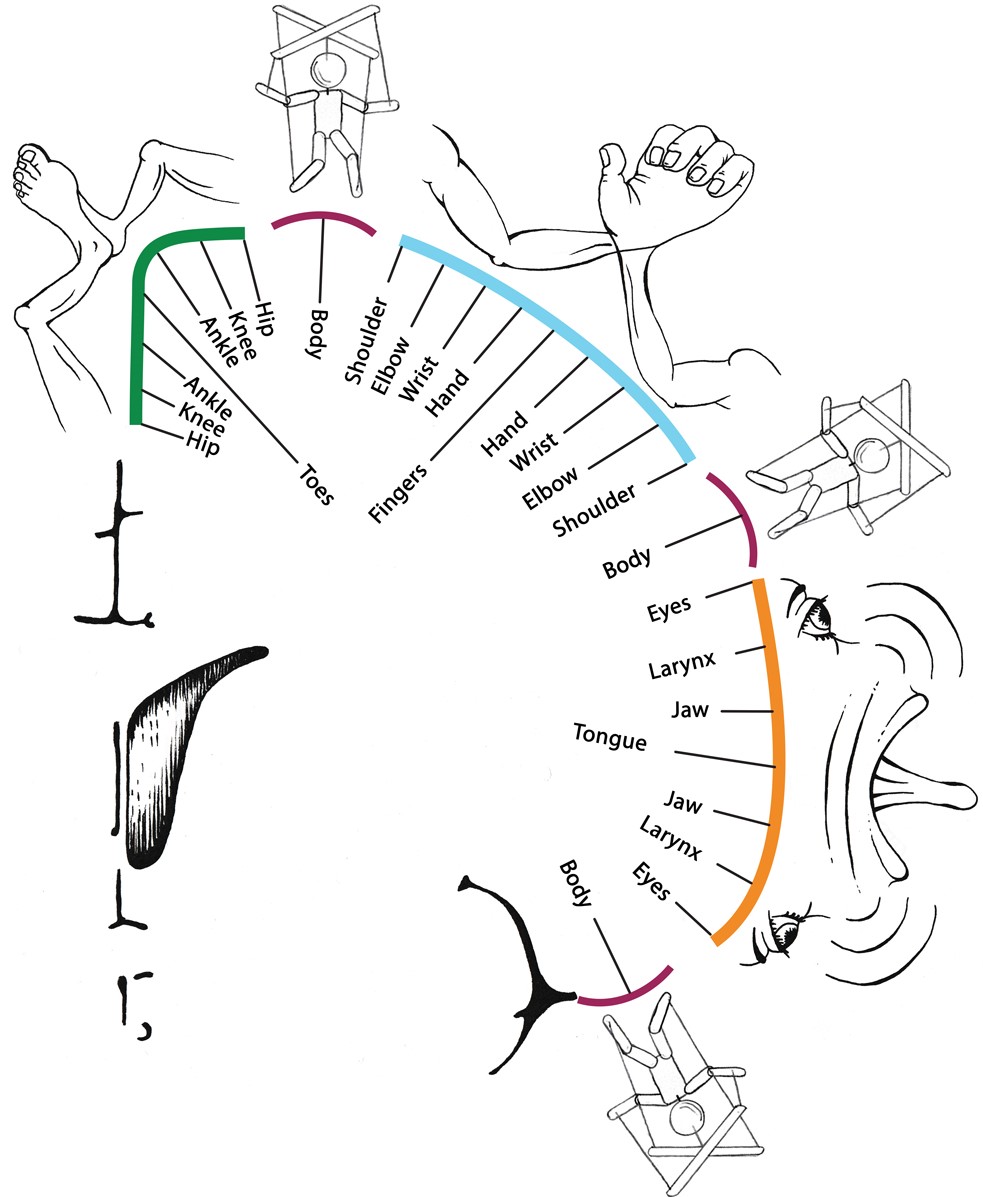
Assistant Professor, Washington University in St. Louis Radiology department. Neuroscientist studying network brain organization in health and disease.
How to get URL link on X (Twitter) App


 Almost everyone using neuroimaging approaches (like fMRI) is working in the >100 year old field of neuroscience. But not everyone has received formal neuroscience training, and some (e.g. students) may have fuzzy ideas about the field’s principles. This poll from 2020 shocked me!
Almost everyone using neuroimaging approaches (like fMRI) is working in the >100 year old field of neuroscience. But not everyone has received formal neuroscience training, and some (e.g. students) may have fuzzy ideas about the field’s principles. This poll from 2020 shocked me! 

 We used data from single individuals, large-N group averages, children, infants, neonates, stroke patients, and macaques, including resting fMRI, task fMRI, diffusion, and structure, to map primary motor cortex in exquisite detail. We were surprised at what we found!
We used data from single individuals, large-N group averages, children, infants, neonates, stroke patients, and macaques, including resting fMRI, task fMRI, diffusion, and structure, to map primary motor cortex in exquisite detail. We were surprised at what we found!

 We used data from single individuals, large-N group averages, children, infants, neonates, stroke patients, and macaques, including resting fMRI, task fMRI, diffusion, and structure, to map primary motor cortex in exquisite detail. We were surprised at what we found!
We used data from single individuals, large-N group averages, children, infants, neonates, stroke patients, and macaques, including resting fMRI, task fMRI, diffusion, and structure, to map primary motor cortex in exquisite detail. We were surprised at what we found!

 We know from decades of tract tracing work in non-human primates that the striatum receives strong inputs from frontal cortex, and these projections have an ordered rostral-caudal organization. See the amazing body of work by Suzanne Haber. ncbi.nlm.nih.gov/pmc/articles/P…
We know from decades of tract tracing work in non-human primates that the striatum receives strong inputs from frontal cortex, and these projections have an ordered rostral-caudal organization. See the amazing body of work by Suzanne Haber. ncbi.nlm.nih.gov/pmc/articles/P…